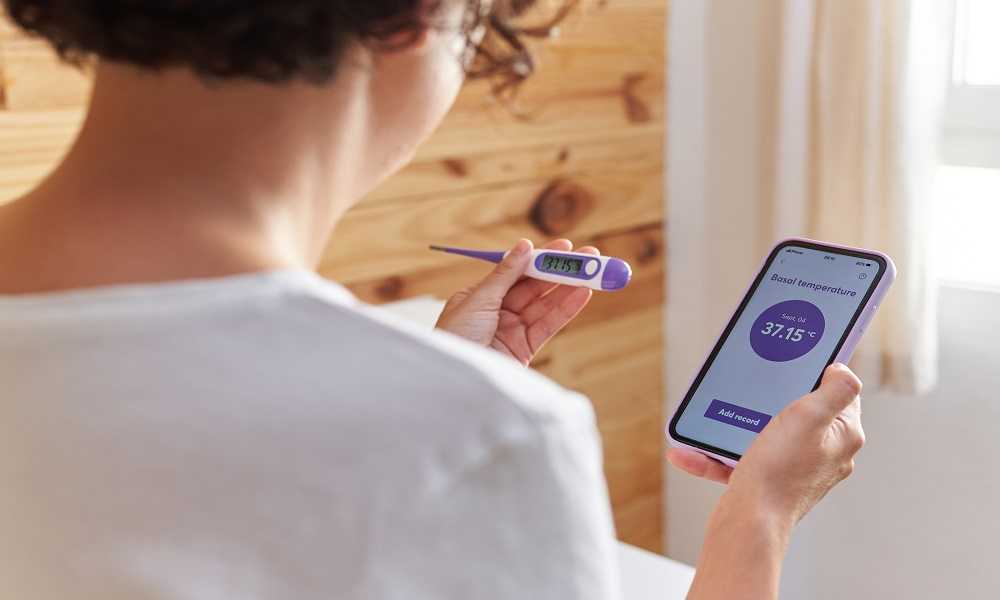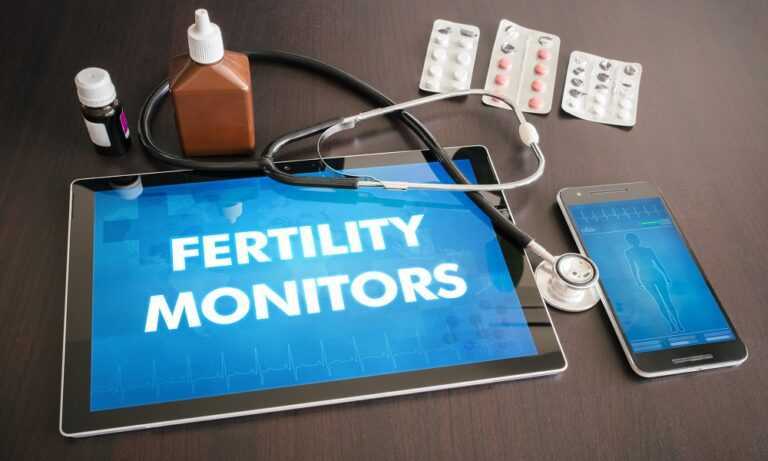Determining your appropriate fertile days can be challenging if you’re trying to conceive. You have to know your ovulation cycle to determine when to engage in intercourse and when not to. If you want to conceive, the best time to engage in intercourse is 12 to 48 hours before ovulation. It gives sperm enough time to travel through the fallopian tube to the fertilized egg. But as stated, tracking your ovulation cycle on your own can be intimidating; that’s where fertility monitors come in.
What Are Fertility Monitors?
Fertility monitors are electronic devices that show your fertility days and inform you about your ovulation cycle, allowing you to plan for a pregnancy or avoid one. They do so by tracking data like body temperature and fertility hormone changes in your saliva, urine, or cervical fluid.
To ensure the fertility monitor gives you accurate results, feed it with essential data about your body when you use it for the first time. The data can include your age, height, and age. The data ensures that the monitor tailors the predictions according to your characteristics.
If you want to keep track of your ovulation cycle, fertility monitors are the way to go. You can buy fertility test kits online from Fertility2Family or from reputable local suppliers.

Types Of Fertility Monitors
Different types of fertility monitors use various methods and indicators to indicate ovulation and fertility period. Some monitors can connect to an app on your phone or tablet while others display data on a device.
The main types of fertility monitors include:
Basal Body Temperature (BBT) Monitors
These monitors measure body temperature changes that occur after ovulation. They work by recording the basal body temperature, your body’s resting temperature. It’s measured in the morning before engaging in any activity.
During menstruation, your basal body temperature fluctuates due to hormonal changes. However, after ovulation, there’s an increase in basal body temperature, which the BBT monitor detects. It means that the monitor helps you know when ovulation occurs.
Some monitors are simple thermometers while others have advanced features such as fertility day alerts and menstrual cycle tracking. Remember, for accurate results, you must use the monitor daily for at least a complete menstruation cycle to establish a baseline.
Ovulation Predictor Kits (OPKs)
OPKs are kits that detect a surge in luteinizing hormone, occurring 24 to 36 hours before ovulation. Luteinizing is a hormone that helps trigger ovulation. OPKs allow you to predict when you’re most likely to ovulate, helping you know when to conceive.
OPKs require a urine sample to analyze the level of luteinizing hormone. You only need to perform the test a few days before your menstruation cycle ends. You should do the tests daily until the kit detects a surge in luteinizing hormone. After the surge is detected, you can expect ovulation within 24 to 36 hours.
Hormone Monitoring Devices
Hormone monitoring devices help you track hormonal changes throughout the menstrual cycle to predict ovulation and fertility days. There are three types of monitoring devices: saliva-based, urine-based, and continuous hormone monitors.
Saliva-based hormone monitors measure the levels of estrogen and progesterone in the saliva to predict ovulation. Estrogen levels increase just before ovulation while progesterone increase after ovulation. To use the monitor, you only need to place saliva on the test strip and wait for it to be analyzed.
Urine-based monitors measure the level of luteinizing hormone and follicle-stimulating hormone in the urine to predict ovulation. These two hormones surge before ovulation, making them reliable indicators of when ovulation is likely to occur.
During the menstrual cycle, continuous hormone monitors track changes in hormone levels such as estrogen, progesterone, and luteinizing. It uses sensors that are placed on the skin. These monitors provide a comprehensive picture of your hormone fluctuations, helping provide more accurate results. However, these devices can be more expensive than other types of hormone monitors.
When Do You Need Fertility Monitors
There are several instances where fertility monitors are very useful. These instances are:
- If you’re trying to conceive: If you’ve been trying to conceive for a while now without success, fertility monitors can help determine your most fertile days. This way, you can time your intercourse accordingly, increasing the chances of getting pregnant.
- If you have irregular menstrual cycles: If your menstrual cycles are unpredictable, it can be challenging to determine when you’re ovulating. Fortunately, fertility monitors can help track your hormonal changes, helping you know your ovulation period.
- If you’re looking for a natural family planning method: Fertility monitors can sometimes be used as a natural form of family planning. Since monitors track your most fertile days, you can avoid having unprotected sex during those days to avoid pregnancy.
Fertility monitors can be helpful tools but aren’t a substitute for medical treatment. Therefore, if you’ve been trying to conceive for several years, you should see a doctor for help rather than using a fertility monitor.
Wrapping Up
Fertility monitors help you track your menstrual cycle to predict ovulation and fertility days. It can help you determine the best time for intercourse if you’re trying to conceive or avoid pregnancy. Most of these devices are easy to use and offer relevant information. However, remember they’re not always accurate.



Comments are closed.